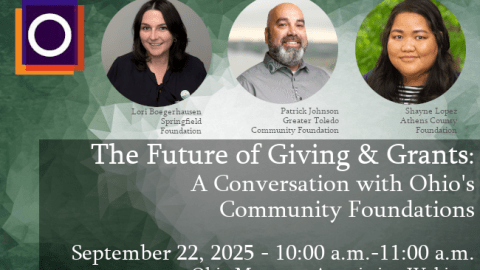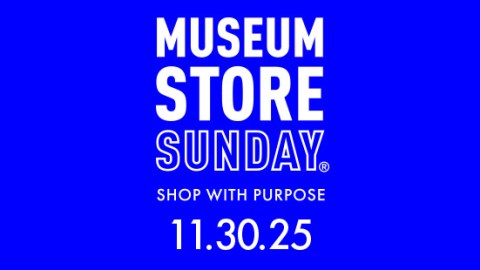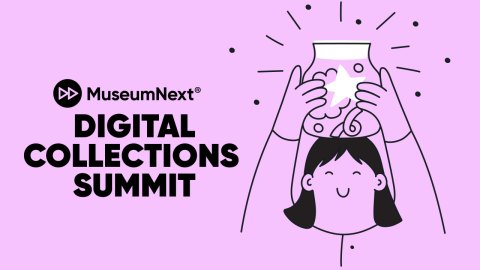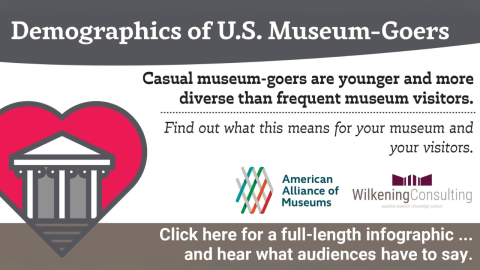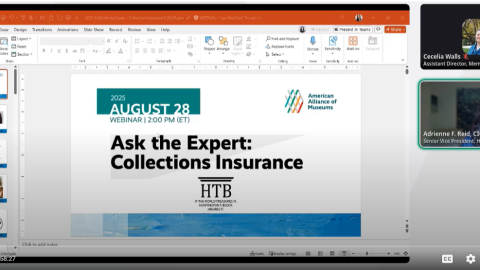(This video runs 41:50)
Return to Diversifying Museum Boards main page
Supporting Documents
- Intercultural Development Inventory
- Guidance for IDI Pairs (Activity)
- Boarding, Building, Belonging (Slide Deck)
Guiding Question
How do we keep board members engaged, feeling included, deepening their commitment, and maximizing the potential of their boards? What can board members learn from each other that will improve outcomes?
Webinar Highlights
- When a new board member is added, the entire board should “reset” and find its footing regarding board culture, practices, and behaviors—this should be a continual process, with regular evaluation and assessment.
- There will be moments of discomfort and misunderstanding, so it’s also important to create shared meaning among board members.
- People come to boards with a set of cultural practices and assumptions, so there should be an effort to incorporate/integrate them into the board —understand where people are coming from, and how one works with/around others. (IDI site)
- Effective boards are built, in part, on positive interpersonal dynamics
- Self-awareness of one’s own cultural assumptions, motivations, and goals; and those of the board as a collective
- Relationship building, developing mutual respect, building trust, encouraging productive cross-cultural conflict
- Aligning one’s own, and the board’s, goals, understanding how your team works together and why that may be, as well as how teams will perform and utilize strengths
- Being cognizant of group dynamics, so each member can intervene as needed to ensure group cohesion
Discussion Prompts
- How can we support new and current board members by cultivating an atmosphere of belonging?
- A “normative” process of board recruitment and onboarding involves “recruiting for diversity, but onboarding for similarity.” How can we instead recognize and celebrate differences?
- Many of the cultural changes will occur at the level of “symbols and artifacts,” things that are outwardly presented and visually represent the culture of our board. What steps can our board take, as a collective effort, to make deeper culture changes and ensure people’s voices and contributions are valued?
- DEAI work involves recognizing and adjusting our organizations and culture to value the “differences that make a difference.” How does our organization value those differences? When conflict arises among the board, how is the conflict addressed?
Activity
IDI Pairing & Sharing Guidance for IDI Pairs
- *Note: activity assumes all participants have taken the IDI survey and have results*
- Facilitator informs participants of the guidelines for the activity

